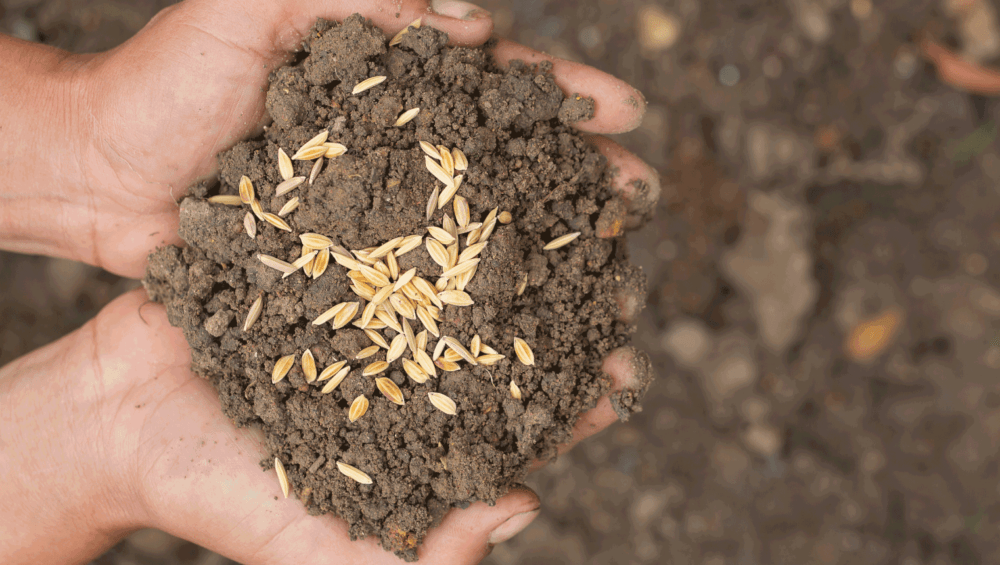Beneath our feet lies a world teeming with life and complexity—the soil ecosystem. Often overlooked, this underground realm plays a critical role in supporting plant life, nutrient cycling, and overall ecosystem health. In this blog post, we will delve into the fascinating world of soil ecosystems, exploring their components, functions, and importance in sustainable agriculture and environmental conservation.
Understanding Soil Ecosystems:
A soil ecosystem is a complex network of living organisms, organic matter, minerals, and gases within the soil environment. It consists of various layers, each with its unique set of inhabitants and functions. The key components of a soil ecosystem include:
Microorganisms: Bacteria, fungi, protozoa, and nematodes are among the microorganisms that inhabit the soil. They play crucial roles in nutrient cycling, organic matter decomposition, and disease suppression.
Earthworms and Invertebrates: Earthworms, ants, beetles, and other invertebrates are responsible for soil aeration, nutrient mixing, and organic matter breakdown.
Plant Roots: Plant roots not only anchor plants but also release exudates that attract beneficial microorganisms and promote nutrient uptake.
Decomposers: Organisms like saprophytic fungi and bacteria are responsible for breaking down dead plant material, recycling nutrients, and enriching the soil.
Functions of Soil Ecosystems:
Soil ecosystems perform several vital functions essential for the health of terrestrial ecosystems:
Nutrient Cycling: Microorganisms and decomposers break down organic matter, releasing essential nutrients like nitrogen, phosphorus, and potassium for plant uptake.
Soil Structure Maintenance: Earthworms and invertebrates create channels and burrows, improving soil structure, water infiltration, and aeration.
Disease Suppression: Beneficial microorganisms can outcompete pathogenic species, reducing the risk of soil-borne diseases.
Carbon Sequestration: Soils store vast amounts of carbon, playing a role in mitigating climate change by sequestering carbon dioxide from the atmosphere.
Importance in Sustainable Agriculture:
Soil health is foundational to sustainable agriculture. Healthy soil ecosystems enhance crop productivity, reduce the need for synthetic fertilizers and pesticides, and improve water retention. Sustainable agricultural practices like crop rotation, cover cropping, and reduced tillage aim to protect and nurture soil ecosystems.
Environmental Conservation:
Soil ecosystems contribute to environmental conservation by preventing soil erosion, filtering water, and supporting biodiversity. Protecting soil health is integral to preserving natural habitats and maintaining ecosystem balance.
Balancing Act:
Human activities, including deforestation, urbanization, and intensive agriculture, can disrupt soil ecosystems. Finding a balance between meeting the demands of a growing population and preserving soil health is a global challenge.
Conclusion: Embracing Soil Health
Understanding and appreciating the intricacies of soil ecosystems is essential for sustainable agriculture, environmental conservation, and mitigating climate change. By prioritizing soil health through responsible land management practices and a commitment to preserving this hidden world beneath our feet, we can ensure the resilience and vitality of our planet for future generations.




